The Keil Isles
The Keil Isles’ place in New Zealand’s music history has often been understated, even though they were a drawcard in Auckland playing rock and roll well before Johnny Devlin left Wanganui.
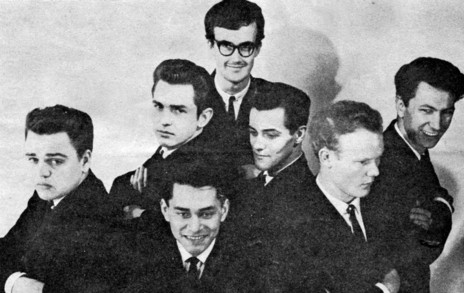
The Keil Isles, mid 1960s - front: Jimmie Sloggett, Herma Keil, Dave Williamson, centre: Brian Henderson, George Barna, Doug Jerebine, back: John Blake
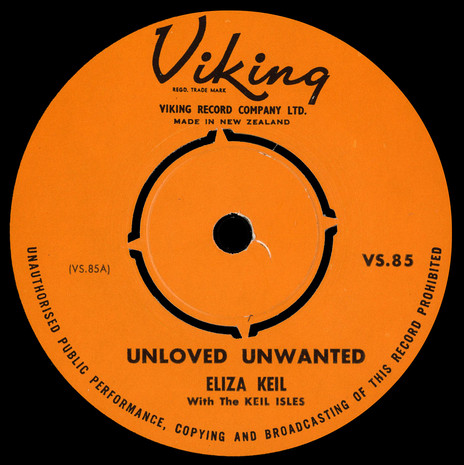
Eliza Keil with the Keil Isles - Unloved Unwanted (Viking, 1962)
Photo credit:
RNZ collection

Keil Isles in Gisborne
Photo credit:
Gibsborne Photo News
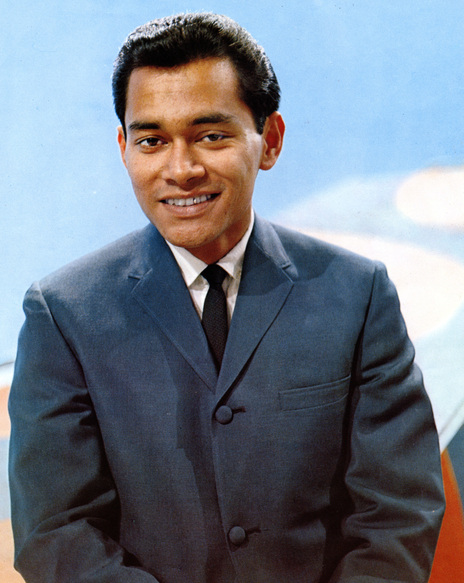
Herma Keil, 1967
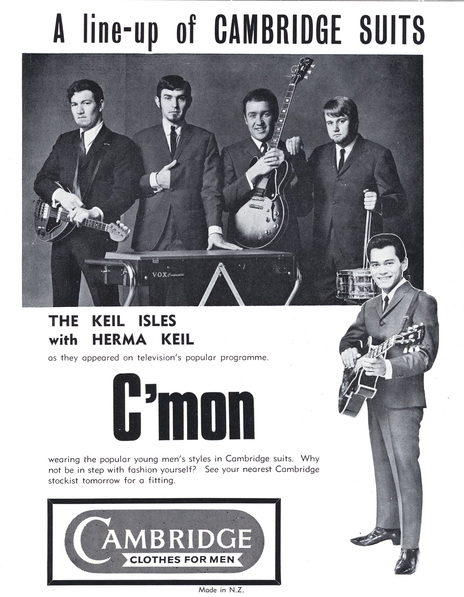
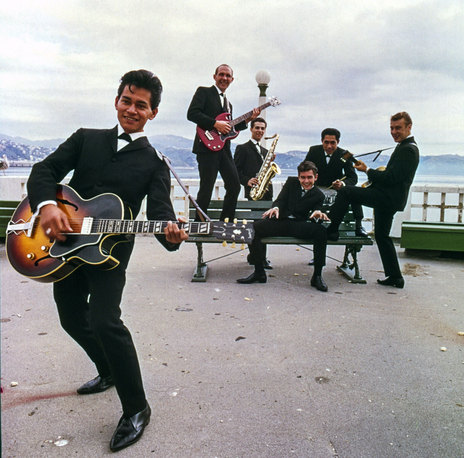
The Keil Isles rock the Oriental Bay band rotunda in Wellington, circa 1964. Left to right: Herma Keil, Lou Miller, George Barna, Brian Henderson , Klaus Keil and probably Doug Jerebine.
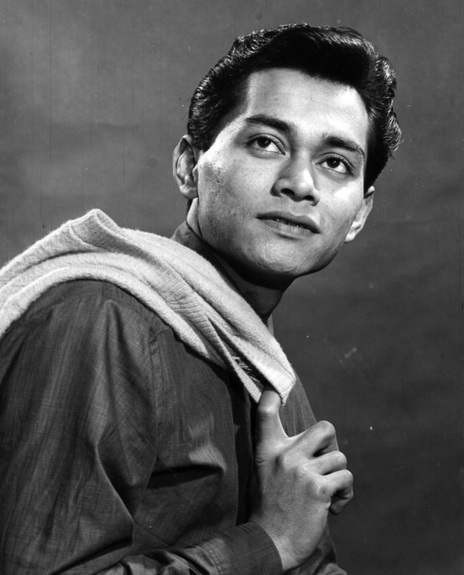
Herma Keil
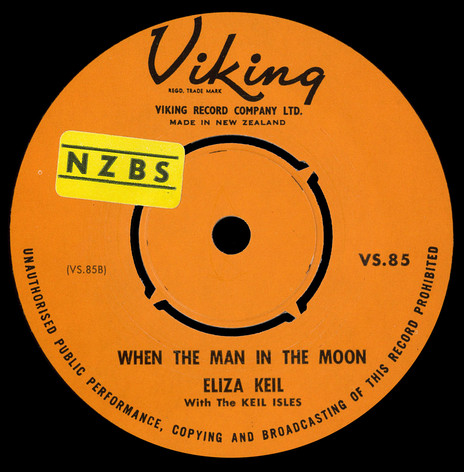
Eliza Keil with the Keil Isles - When The Man In The Moon (Viking, 1962)
Photo credit:
RNZ collection
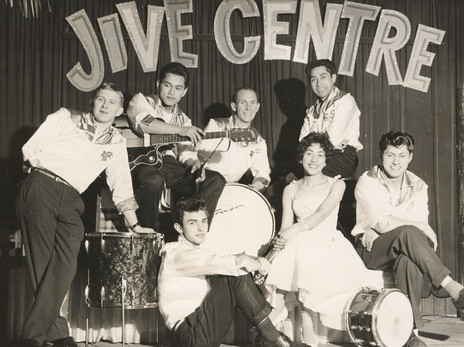
The Keil Isles at Auckland's Jive Centre in Trades Hall, 1960. From top left: Bill Fairs, Herma Keil, Lou Miller, Klaus Keil. Bottom row: Brian Henderson (seated at left), Eliza Keil, Olaf Keil.
Photo credit:
Bill Fairs collection
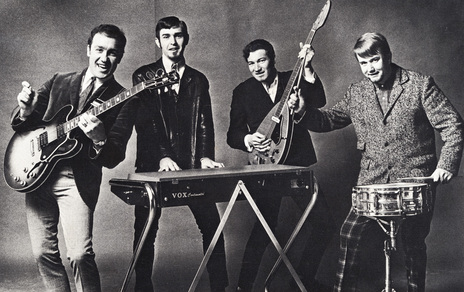
The Keil Isles (without Herma), 1967. L to R: Roger Skinner, Brian Henderson, Billy Karaitiana (AKA Billy Kristian), Jimmy Hill
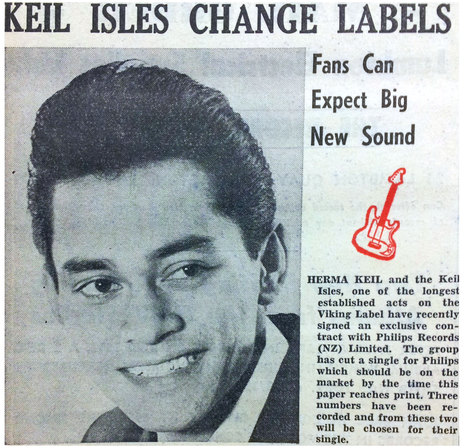
Countdown magazine reports in October 1964 that after a long run of singles on Viking the Keil Isles are changing labels to Philips. Their debut on Philips was a cover of Buddy Holly's Peggy Sue.
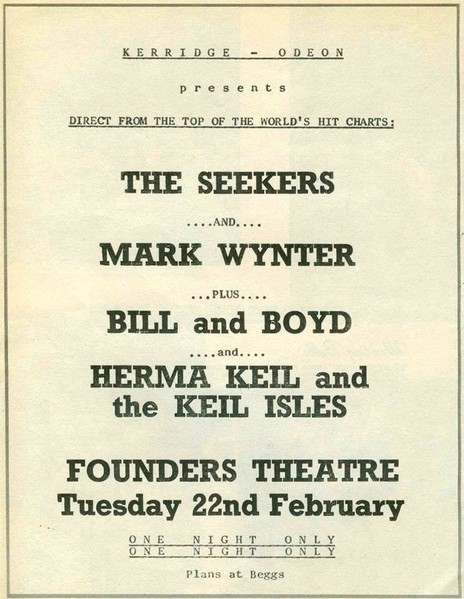
Herma Keil and the Keil Isles support The Seekers at the Founders, Hamilton, 1966
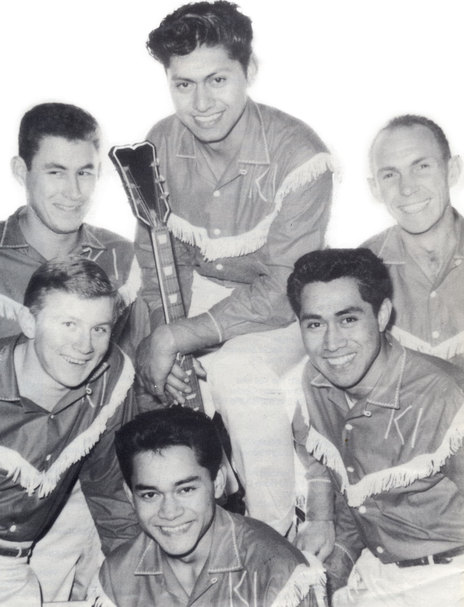
The Keil Isles circa 1961/2. Clockwise from lower left: Bill Fairs, Brian Henderson, Olaf Keil, Lou Miller, Klaus Keil and Herma Keil.
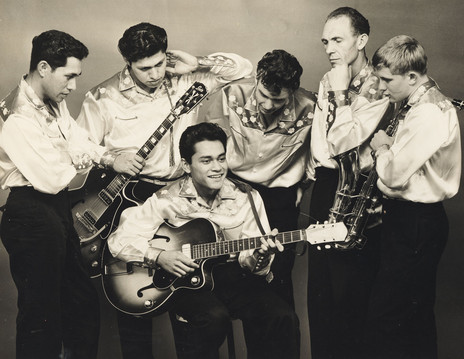
The Keil Isles promotional photo, 1960. From left Klaus Keil, Olaf Keil, Herma Keil (front), Brian Henderson, Lou Miller and Bill Fairs.
Photo credit:
Bill Fairs collection
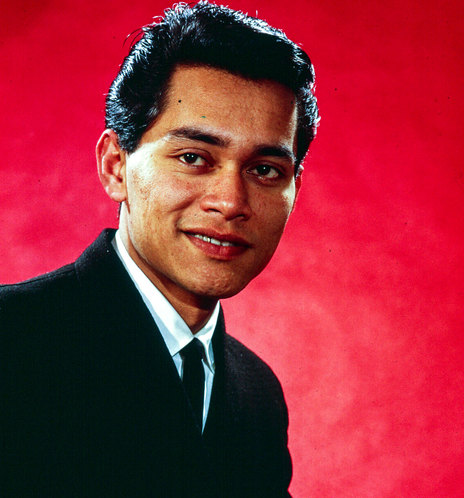
The always suave Herma Keil, 1966
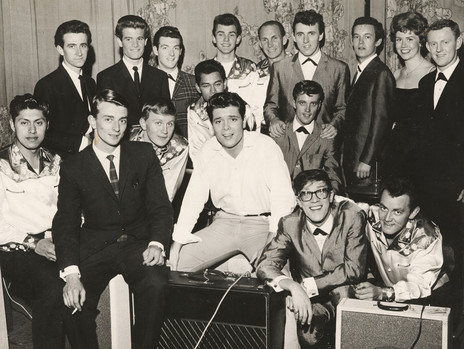
Backstage photo call for the support acts with Cliff Richard and the Shadows, Christchurch, October 1961. Bill Fairs of the Keil Isles is in the patterned shirt at the left of Cliff Richard. The complete lineup is, back row from left: Doug and Leo deKroo, Andy Ellis, Brian Henderson, Lou Miller, Bruce Welch, Brian Bennett, Judy Cannon, Frankie Davidson. In the centre, from left: Herma Keil (obscured by Cliff), Jet Harris. In front, from left: Olaf Keil, unidentified, Bill Fairs, Cliff Richard, Hank B. Marvin, Klaus Keil.
Photo credit:
Bill Fairs collection
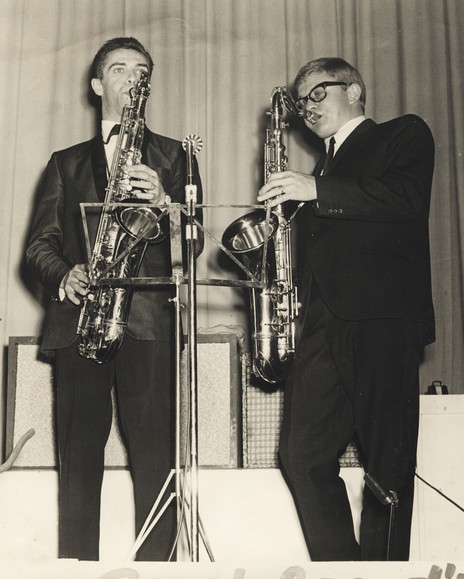
The Keil Isles' sax section at the Orange Ballroom, Auckland c 1958. George Bhana on left with Bill Fairs.
Photo credit:
Bill Fairs collection
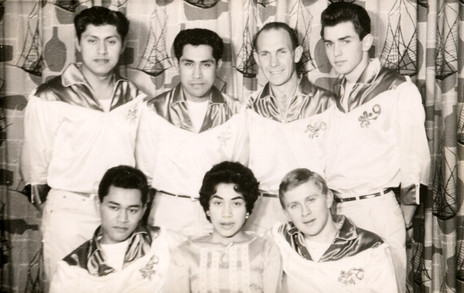
Eliza Keil with the Keil Isles in the early 1960s. Back row, from left: Olaf Keil, Klaus Keil, Lou Miller, Brian Henderson. In front, Herma Keil, Eliza Keil, Bill Fairs.
Photo credit:
Bill Fairs collection
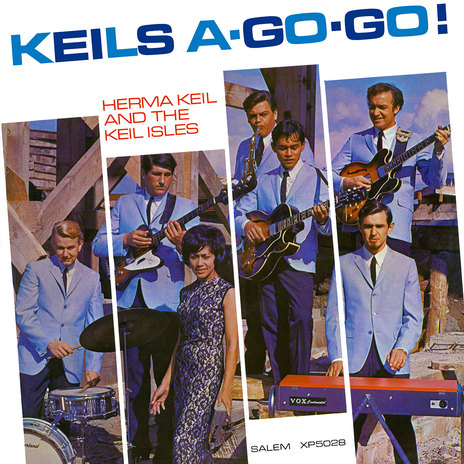
1966 album recorded for Salem Records, one of the earliest releases on the label founded by Peter Caithness in 1965. In the late 70s Salem was purchased by Viking Records, for whom the Keil Isles had recorded 5 albums, 7 EPs and numerous singles between 1961 and 1965.
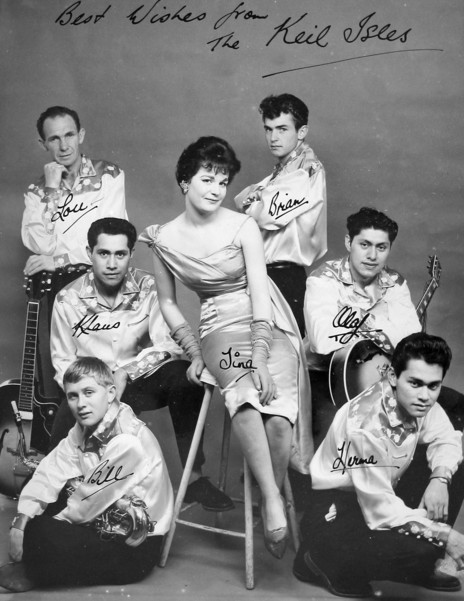
The Keil Isles circa 1961/62. Clockwise from bottom left: Bill Fairs, Klaus Keil, Lou Miller, Brian Henderson, Olaf Keil and Herma Keil. Tina Millar is in the centre.
Photo credit:
Simon Grigg collection
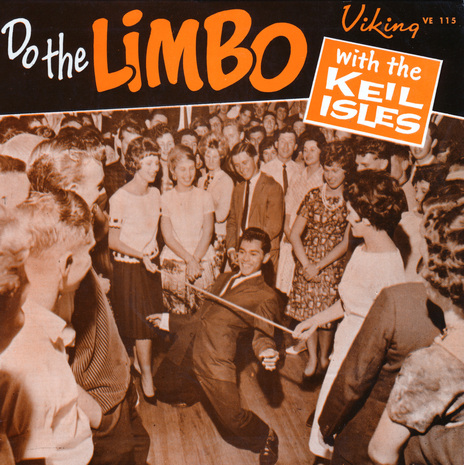
The Keil Isles' 1963 Viking EP, Do The Limbo
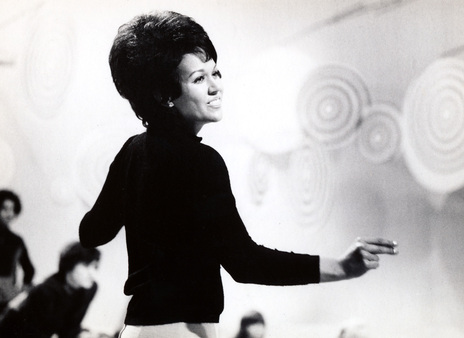
Eliza Keil - a NZBC TV still.
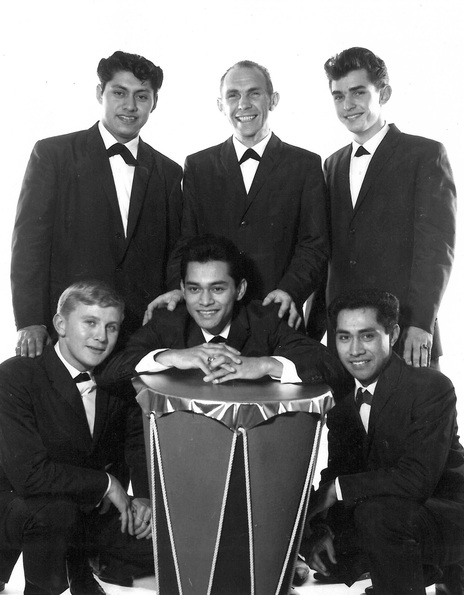
The Keil Isles in the early 1960s. Clockwise from bottom left: Bill Fairs, Olaf Keil, Lou Miller, Brian Henderson and Klaus Keil. In the centre is Herma.
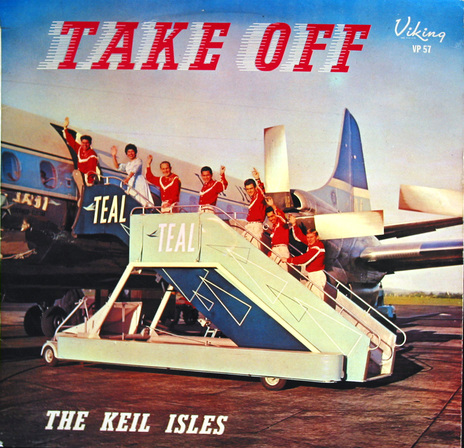
The Keil Isles' debut album for Viking, Take Off, issued in 1961 when they were managed by Dave Dunningham.
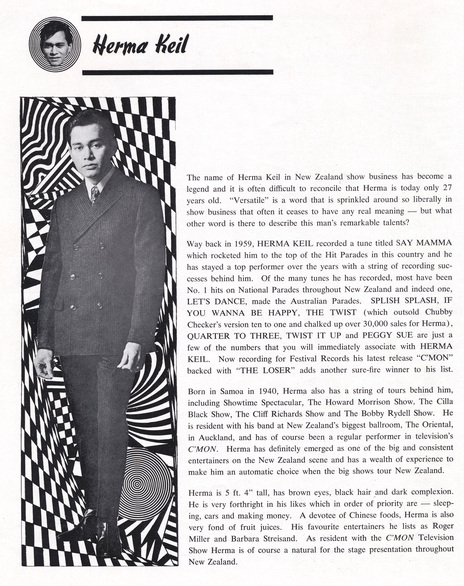
Herma in the 1967 C'mon tour programme
Photo credit:
Murray Cammick Collection

The "Teen Beat" column in Joy magazine hails the Howard Morrison Quartet, Ronnie Sundin, The Keil Isles and Red Hewitt as the successors to Johnny Devlin, late 1959
Links:
Trivia:
Founding member Olaf Keil later worked for Fender guitars in the USA, custom-building instruments for Buck Owens, Johnny Cash, Glen Campbell, Jimi Hendrix and others.
Members:
Olaf Keil - guitar
Freddie Keil - guitar
Herma Keil - guitar
Klaus Keil - drums
Rudolph Keil - bass
Heke Kewene - piano
Lou Miller - bass
Bill Fairs - saxophone
Dave “Red” Williamson - drums
Warren McMillan - bass
Brian Henderson - piano
Roger Skinner - guitar
Jimmy Hill - drums
Norman Akers - piano
George Barna - saxophone